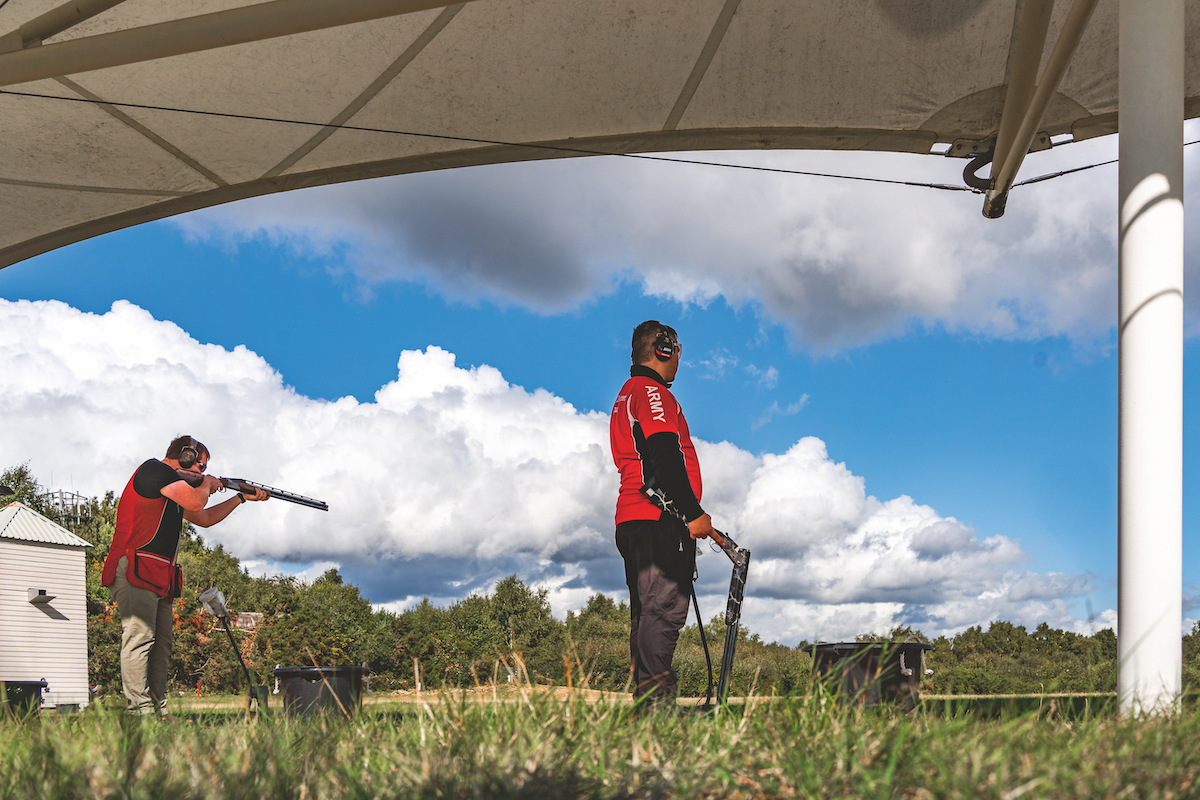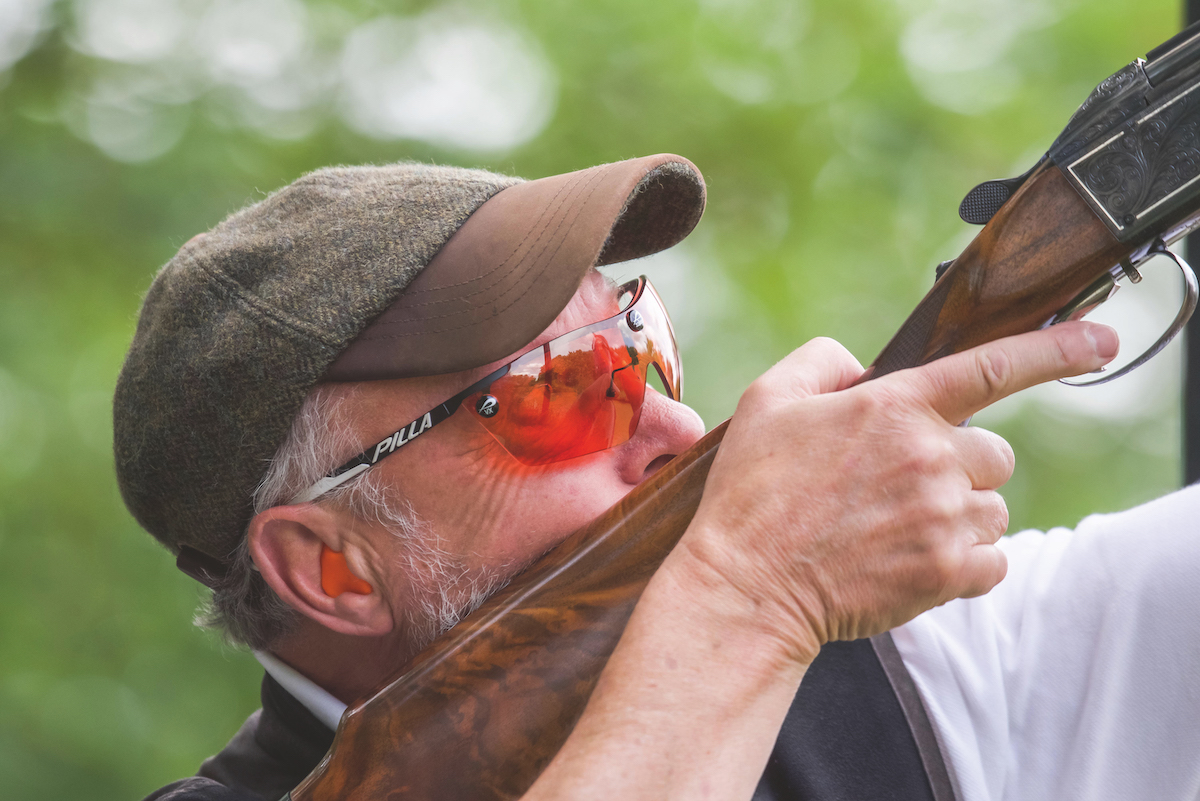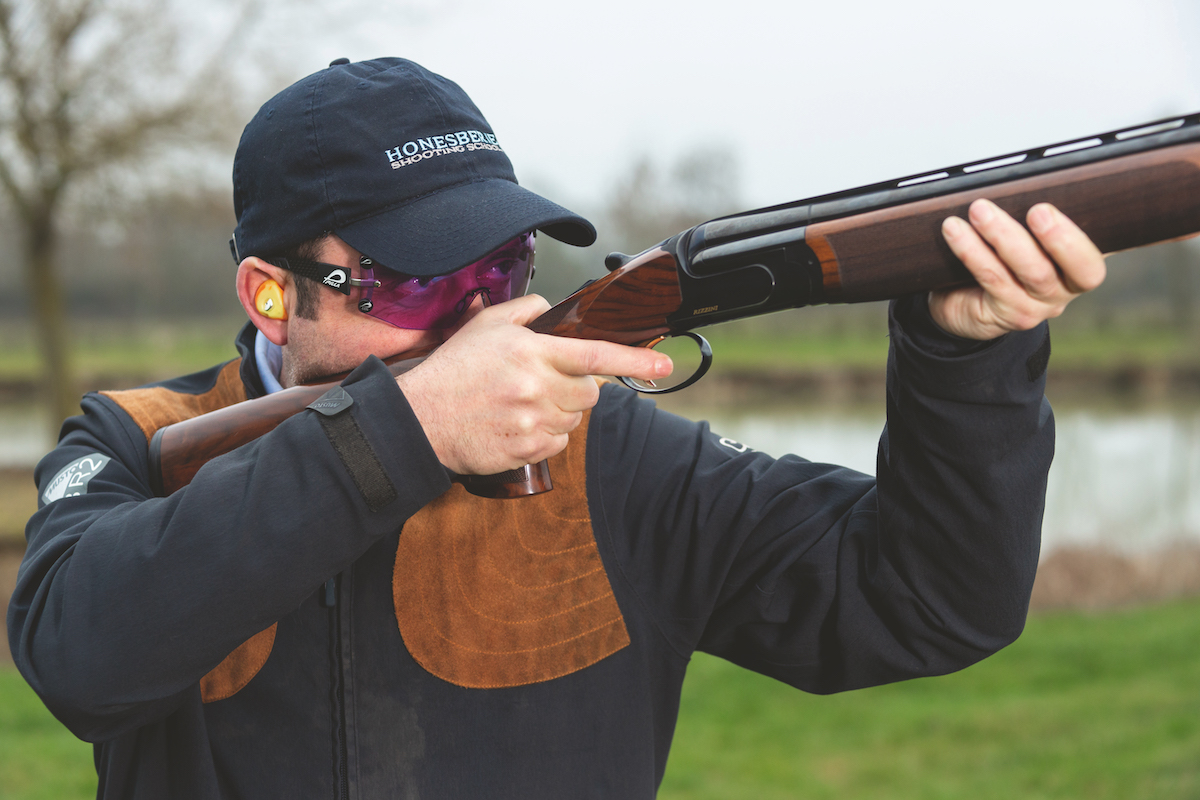Does your gun dog change retrieves?

The phrase ‘changing retrieves’ can have several meanings in the gun dog world, so this month we’re going to have a look at the most common definition.
This is the situation which, it’s fair to say, can happen quite unexpectedly for the handler. The dog has been sent for the retrieve. It’s picked up the correct bird and is on its return to the handler. Another shot bird then falls in full view of the dog… which promptly spits out the retrieve it’s carrying and runs off to collect the other bird! Hence, changing retrieves.
So what do we need to do to control this reaction in a dog?
The first thing to decide is exactly what action you want the dog to take when returning with a retrieve and another bird falls near it.
With the use of correct exercises you can train the dog to simply ignore the other bird and just come straight back to hand. Personally, I prefer the dog to stop and mark the fall of the other bird – or at least slow down on its return to mark it – and then carry on in with the retrieve that it’s got. This obviously makes it easier for the dog later.
The first task is to make sure the dog is absolutely 100% on the recall whistle:
I achieve this by sitting the dog and then whistling it back to me.
I then throw a retrieve out to one side – which I expect the dog to stop and mark.
At this point I give the ‘leave that’ command and then continue to whistle him in.
After some practice at this I get the dog to do exactly the same exercise, but now when it stops I will omit the ‘leave that’ command, only carrying on with the recall whistle. Obviously if the dog shows any inclination to take off and pick up the thrown retrieve, I will try to get to the retrieve and pick it before the dog can.
If, however, the dog beats you to the retrieve and picks it up, you should never reprimand it as this may cause the dog to not want to return with any retrieves. If this does happen, accept the retrieve as normal, and next time make sure you can get to the retrieve before the dog.
The next exercise to practice is similar to the first:
This time you throw out a retrieve (or you send the dog back on a memory retrieve).
When the dog is returning, be ready with a second dummy that you throw out in a similar manner to the previous exercise – but you must make sure to carry on peeping the recall whistle.
If the dog shows an inclination to stop and mark this second retrieve, I usually allow it to stand for a few seconds then carry on with the recall whistle to encourage him to come straight in.
If the dog tries to go across to the other retrieve you must be ready to cut him off by running out and picking up the second retrieve before he gets there. This then prevents it from changing retrieves. With most soft-natured dogs they soon get the idea.
The next lesson is to send him back for the second retrieve after he has come right in and given a good delivery with the first. The thing to remember here is not to allow the dog to get the second retrieve if he shows any inclination whatsoever to deviate towards it on his initial return.
You can, if you feel it necessary, enlarge on this exercise by throwing out more than one retrieve when the dog is on the way back with the first.








